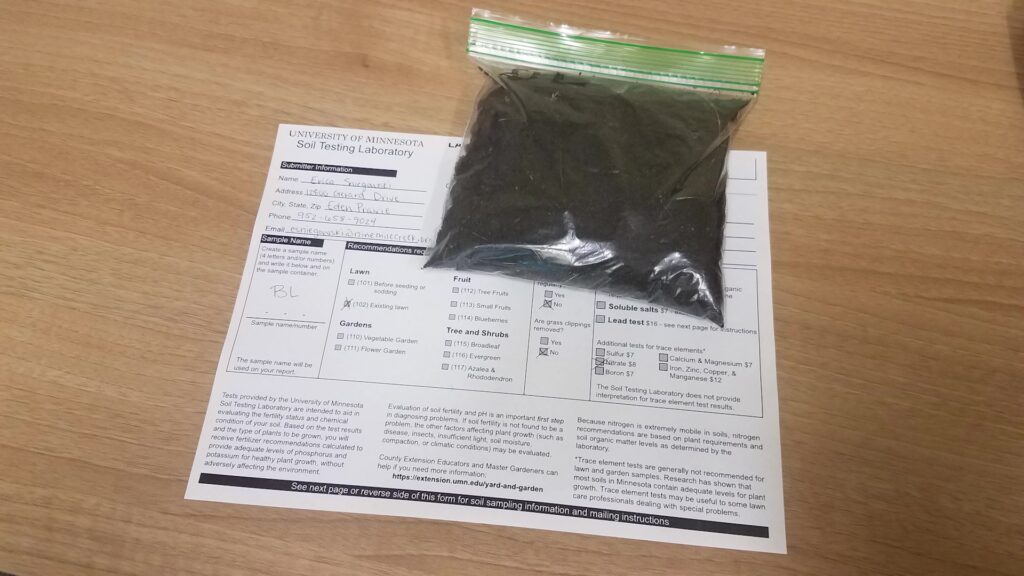10 Things You Can Do to Protect our Watershed
Simple actions, big results for water
Protecting our waterways can seem like an overwhelming and daunting task in a world full of pollution. However, it doesn’t have to be. Small efforts taken by many people can have a big impact. Here are 10 ways you can protect our watershed:
- Pick up your dog poop. It might sound weird; how can picking up after my dog help water quality? Dog poop contains high amounts of bacteria, as well as phosphorus and nitrogen which deplete oxygen once in the water. This can cause harmful algae to grow and make it difficult for fish and other aquatic species to live. The District gives away dog waste bags at events, come check us out next time we are out and get some free bags!
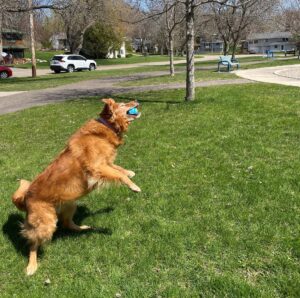
- Adopt-a-Drain. Every spring the snow melts and reveals trash and debris covering the streets and sidewalks. This trash and debris will eventually end up in our lakes, creeks, and streams if it’s not cleaned up. However, by taking just a little time out of your day to clear a stormdrain of debris, you are helping keep pollution out of our waterways. Check out the Adopt-a-Drain website to sign up!
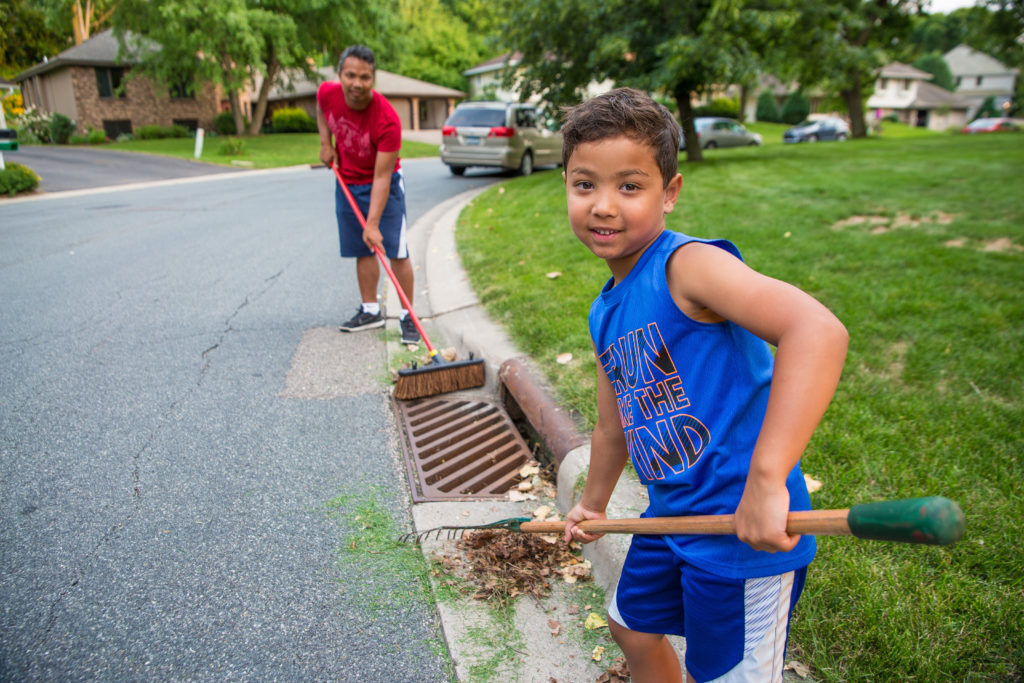
- Plant native species. Native plants have longer roots that act as a filter and soak up more water than nonnative species. They also attract pollinators, help with erosion by anchoring the soil, and decrease flooding. Pictured below is Hyssop, a Minnesota native species that often grows in prairie and open woodland. Click HERE to find an encyclopedia of Minnesota native plants put together by the MN DNR.
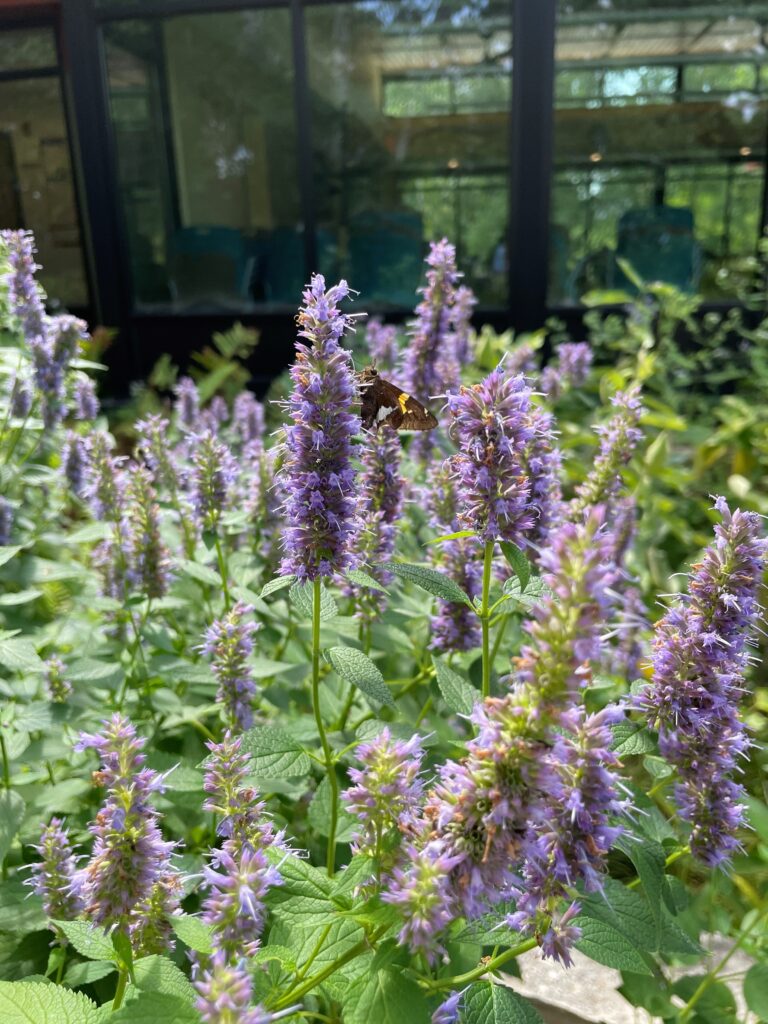
- Clean your boat. Whenever your boat or watercraft comes out of a lake or river, make sure to clean it off before moving it. Aquatic invasive species (AIS) such as curly-leaf pondweed and Eurasian watermilfoil love to hitch a ride on watercrafts and boats. Intense management is needed once AIS take over a body of water, so it’s best to stop the spread before it can start. Check out THIS page on our website to learn more about AIS and what you can do to help!
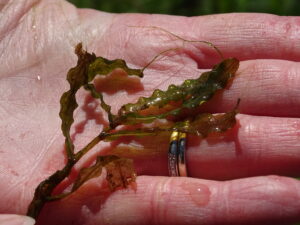
- Properly dispose hazardous chemicals. Things like motor oil, pesticides, and herbicides can be harmful to our groundwater if they spill. If you don’t need these products or have no use for them any more, make sure you never dump them down a drain. Contact your local auto shop to dispose of extra oil. For things like pesticides and herbicides, Hennepin County has drop off locations in Bloomington and Brooklyn Park for no charge.
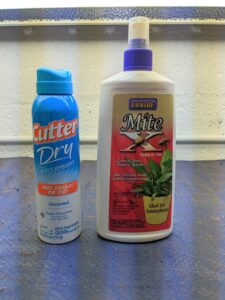
- Sweep up grass clippings. Lawn maintenance is important in preventing erosion, which pollutes our waterways. When mowing, make sure to sweep up those extra grass clippings that end up on the sidewalk and road. Grass clippings and leaves will eventually end up in lakes and streams, and the excess nutrients in them can lead to harmful algae blooms.
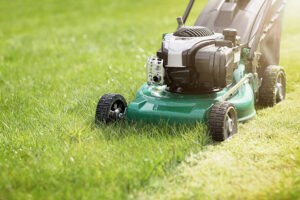
- Install a rain barrel. By installing a rain barrel on your property you are able to reduce runoff and collect water for your plants or lawn. Rain barrels allow you to capture rain water and use when there is a drought or anytime your plants need water.
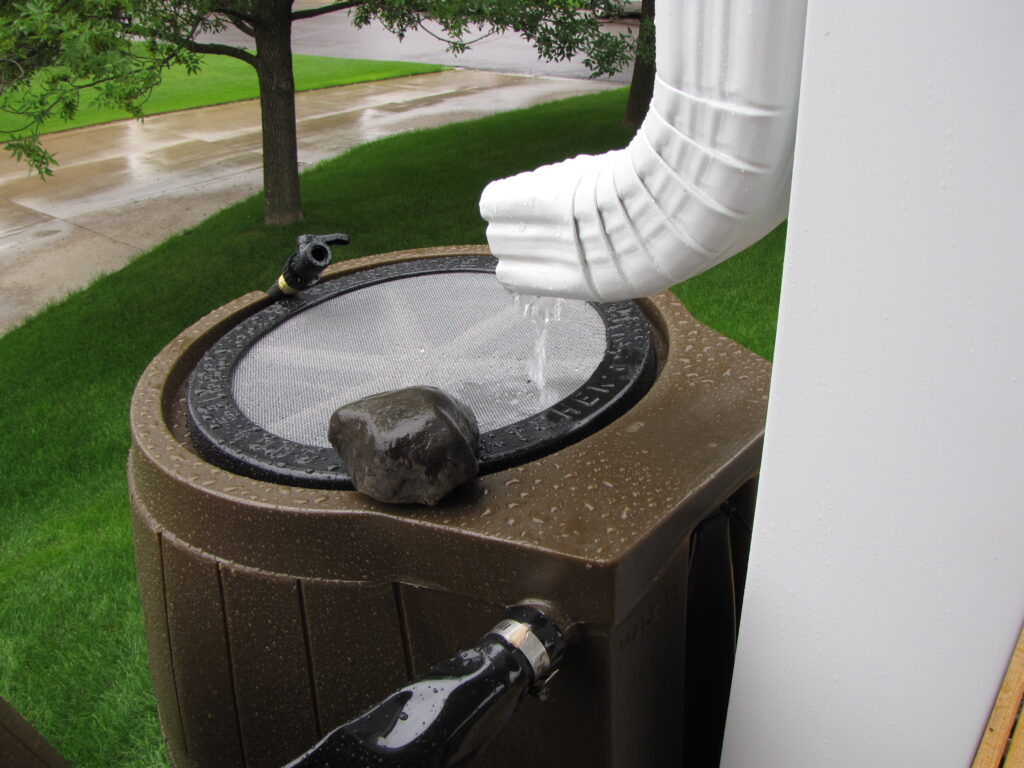
- Bring a bag on your walk. Feel like going for a walk to enjoy the beautiful weather? Bring a small shopping or garbage bag along and pick up litter along your path. Even if you only pick up five pieces of trash, that is five less pieces that will end up in the creeks and lakes. Always be careful and use your best judgement when picking up trash.
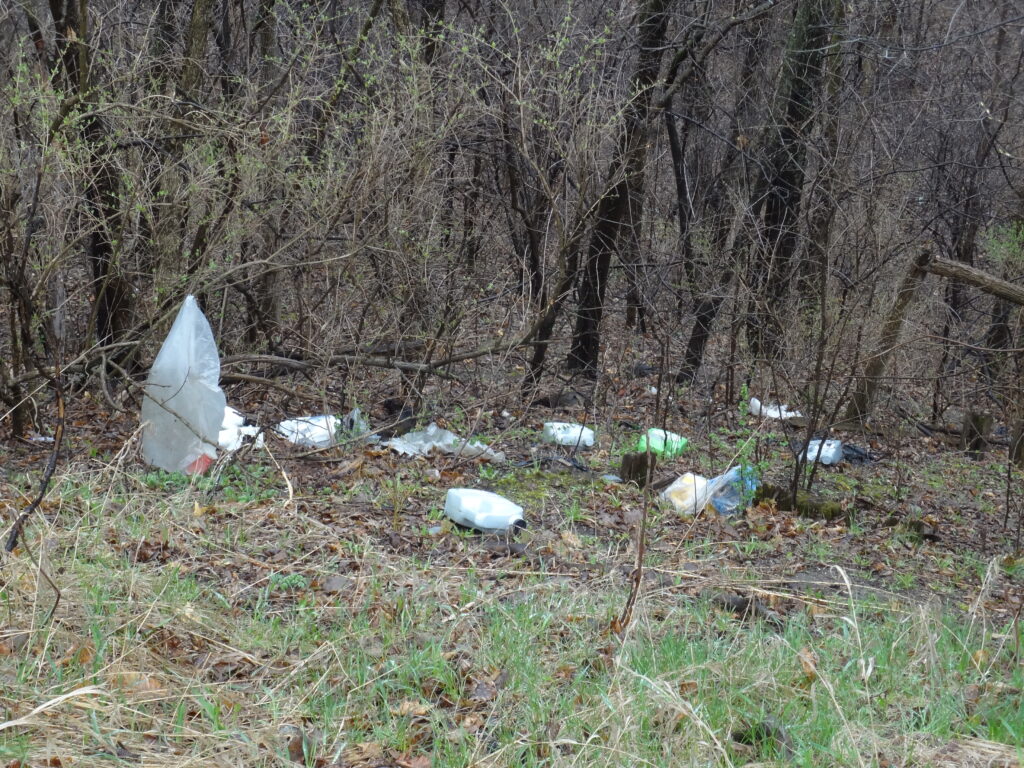
- Be a smart salter. We always want to make sure we are safe in the winter when it comes to the icy conditions, but more salt doesn’t always mean more safety. When applying salt, be sure to leave a few inches of space between granules because excess salt won’t melt the ice, it will only end up polluting our waterways. Once salt has polluted the water it will be there forever, it is too expensive and time consuming to remove it. Check out the MPCA website for a list of Smart Salting classes.
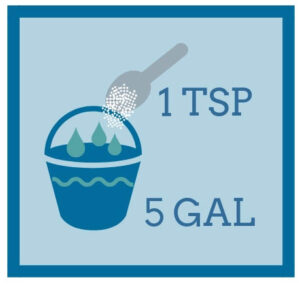
Just 1 teaspoon of salt will pollute 5 gallons of water. - Test your soil. If you are going to fertilize your lawn it is helpful to test your soil. By testing your soil you can understand what nutrients your lawn needs or doesn’t need. This not only helps improve water quality but also helps you save money. Check out our Soil Testing Program post to find out if you qualify for free soil testing.
